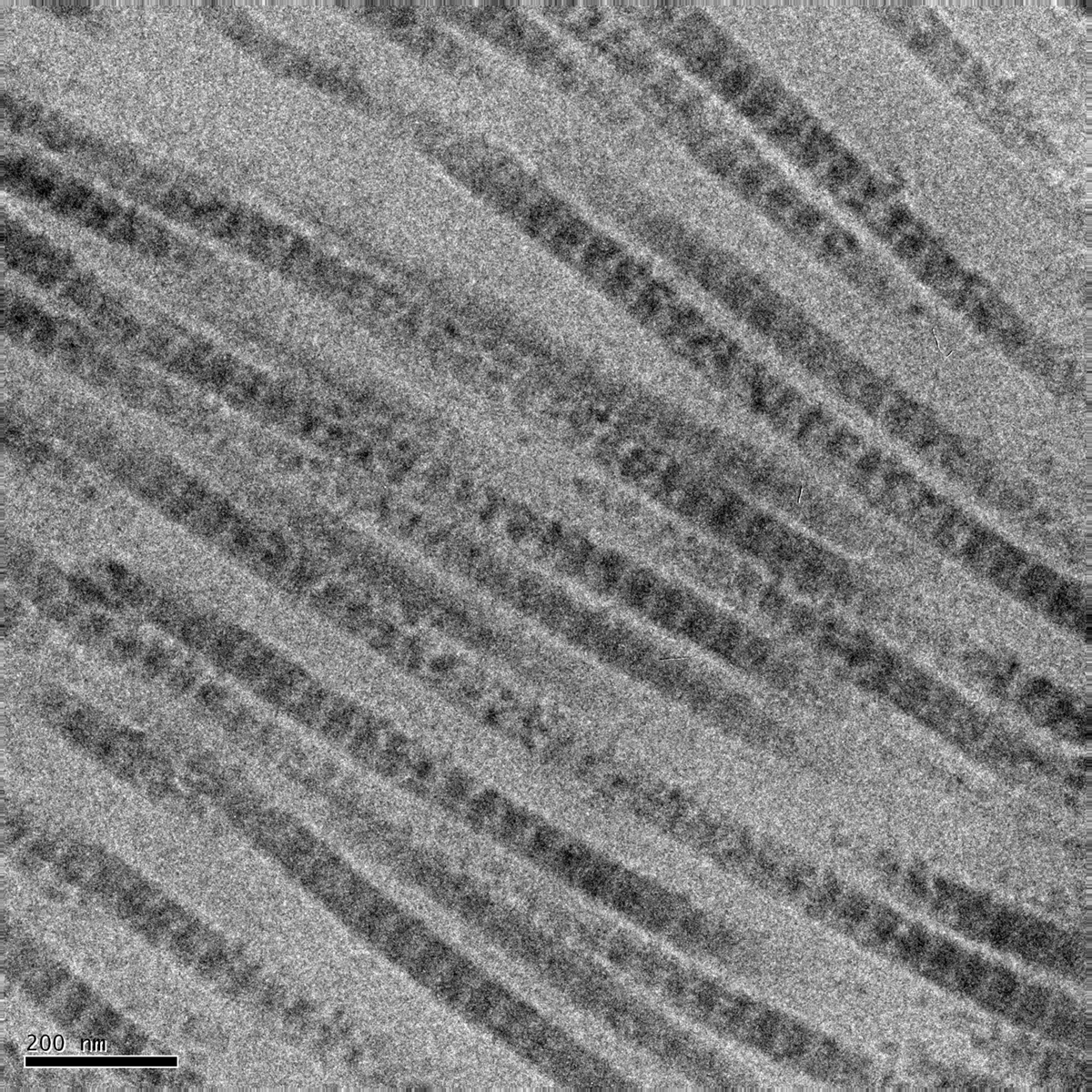
Collagen injections are used to treat the various imperfections in the facial skin. Most commonly, collagen injections are used to flatten the laughing lines, wrinkles, acne scars, crow’s feet etc. It is most frequently used for the facial skin, but there are many other uses of collagen: for fuller lips and cheeks, and treatment of the different areas on chest, back and neck.
How Collagen Injections Work?
A person's skin is composed of two different layers. The upper layer, exposed to the environment, is known as the epidermis. The epidermis is a protective layer that helps to keep our tissues properly hydrated. The lower layer of the skin, also known as dermis, is made up of a protein collagen. Collagen serves as a connective agent that forms a network of fibers necessary for the growth of cells and blood vessels. In the process of aging, collagen is being lost and the body tissues are becoming less firm. Eventually, this process leads to the formation of wrinkles and loosing the skin elasticity.
What to Expect?
Collagen injections replenish the skin’s natural collagen and restore the natural support of the skin structure. Collagen should be injected into patient’s skin only by health care professional. Before the first treatment, a health care professional may require a skin test to avoid the possible risk of allergic reaction. If the test comes out negative, doctor will proceed with the treatment. The treatment takes place in doctor’s office and it is usually performed without anesthesia. A doctor will use small needles to inject the collagen into the skin depressions. The procedure is usually short, it lasts less than an hour, but a couple of injections may be needed, depending on the depth of wrinkles.
The important thing to understand is that the effects of collagen injections won’t last forever. The injected collagen will eventually wear down, just like the natural one. To maintain the full effects constantly, patient will probably have to take two to four procedures in a course of year. However, the frequency of procedures, and the amount of collagen, depends on the individual factors.
Possible side-effects
A properly conducted procedure involves the allergy test and thus removes almost all possible-side effects of collagen. In some patients, the procedure may cause mild discomfort or pain, temporary redness, throbbing, peeling of the skin, puffiness and burning sensation. People with autoimmune disorders may also complain about inflammation and other unpleasant effects. These effects occur as a result of the body’s reaction to a foreign substance.







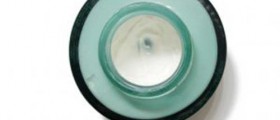


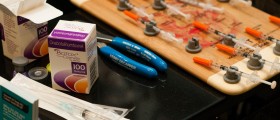



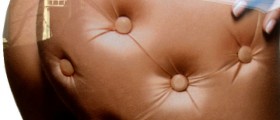
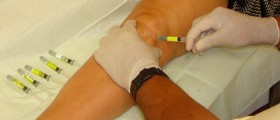

Your thoughts on this
Loading...